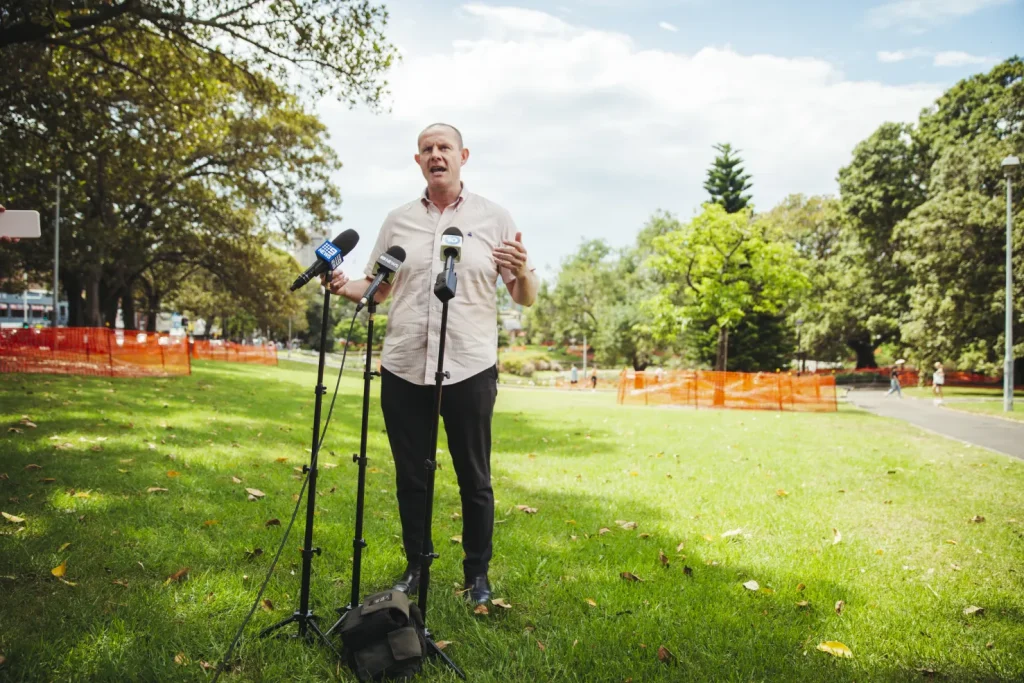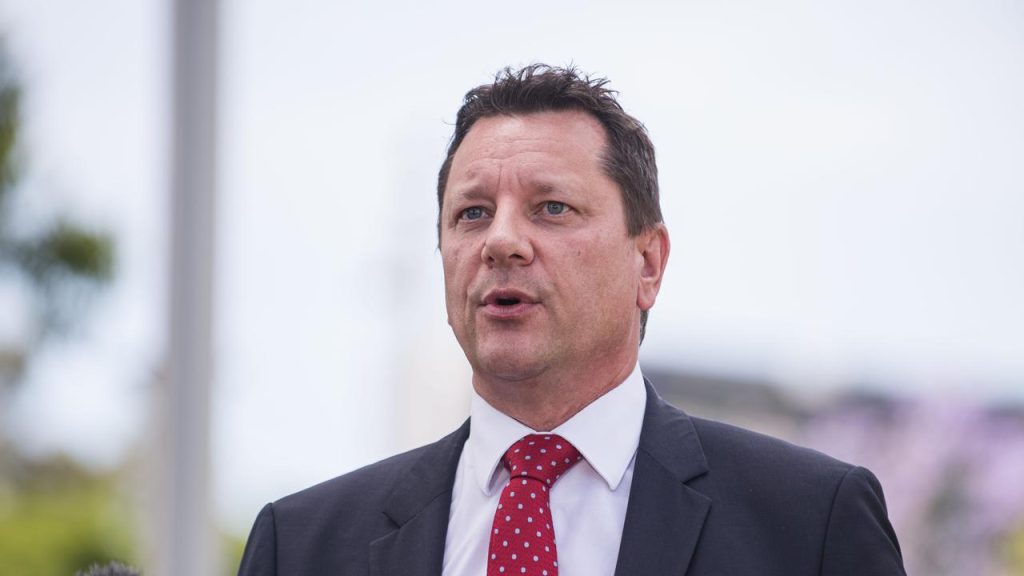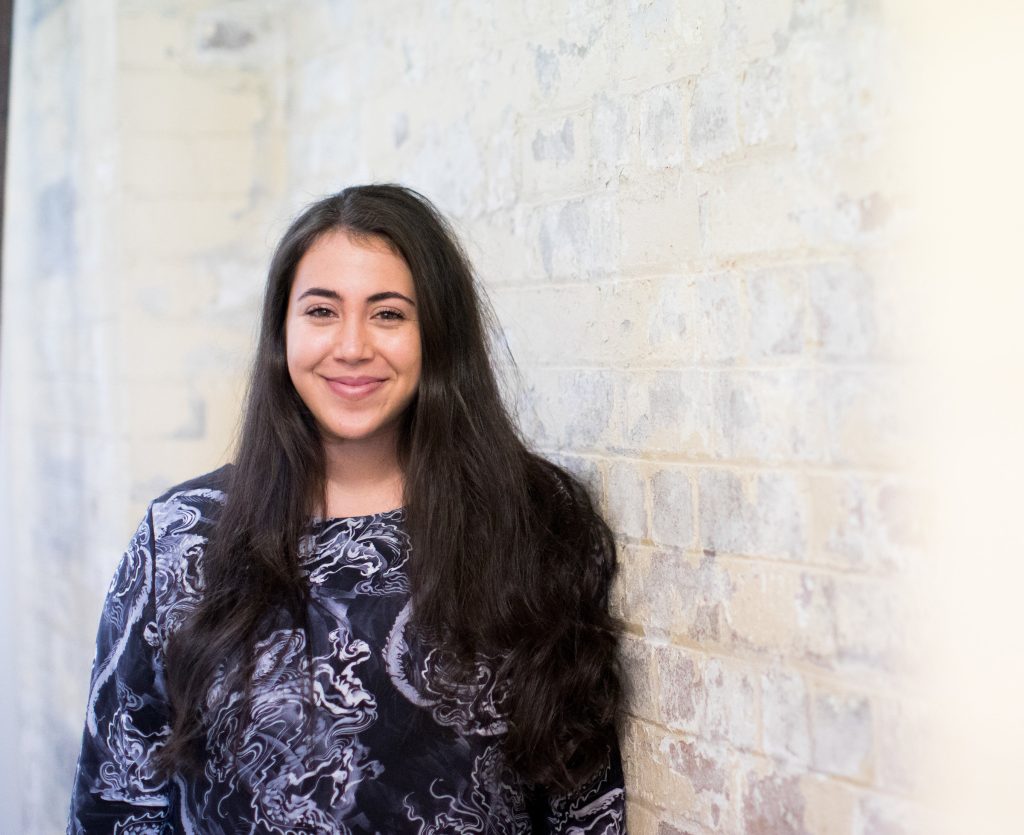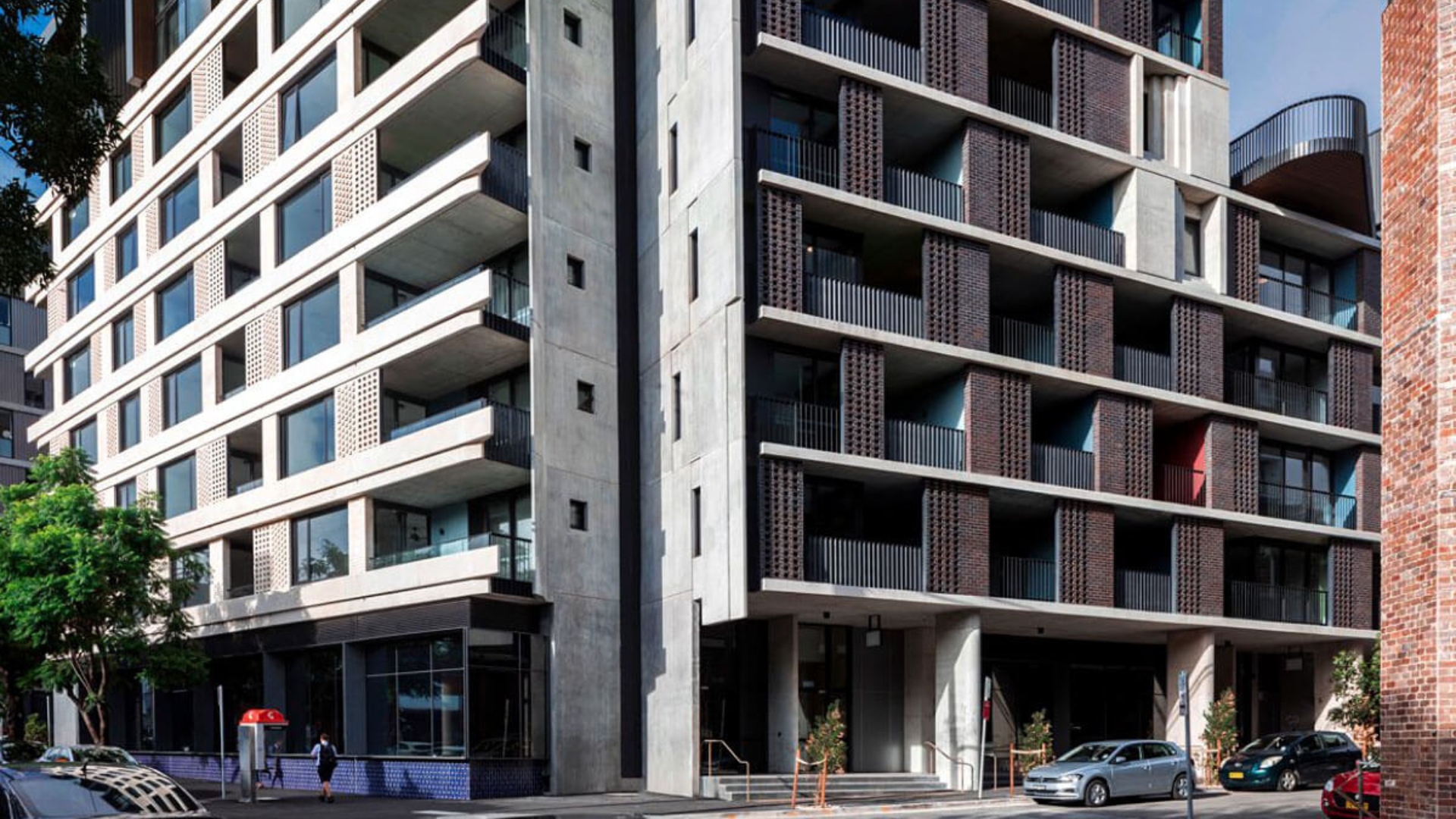A new analysis of the NSW Government has suggested the entire Inner West local government area in Sydney could be rezoned for six-storey apartments, in a bid to reshape affluent Sydney neighbourhoods.
The 12-page briefing document further indicated that the government’s efforts to increase density are unlikely to meet the ambitious 378,000 National Housing Accord targets set by Premier Chris Minns last year.
After being drafted on December 14 2023, by Planning Minister Paul Scully, senior departmental officials, and eight Sydney mayors, the document revealed numerous previously undisclosed specifics regarding the reforms introduced just a week before.
The Sydney Morning Herald also revealed that the document detailed each pillar of the government’s proposed changes, while providing insights into how they would impact the inner west.
The document stated that for areas up to 800 metres from transport hubs and town centres in medium-density zones and “appropriate employment zones”, mid-rise apartment blocks built up to six storeys high will be allowed.
“For the inner west, which is entirely mapped as ‘well located’, this will mean… that six-storey apartments will be possible across the LGA (even though some consolidation is required),” the document revealed.
This proposal has been criticised by many, including the Inner West Council.

Inner West Mayor Darcy Byrne said allowing six-storey apartment blocks “in every single street is absurd, and we would fight hard against such a simplistic proposal. I don’t know if rezoning the whole of the inner west is just another bureaucrat’s thought bubble, but this contradicts public statements of the premier and the planning minister.”
“Frustratingly, we are still waiting for them to provide dwelling targets. Once we have the dwelling numbers we will work through the best places to locate the new housing,” Mr Byrne said.

Planning Minister Paul Scully dismissed these concerns addressed by the Inner West Mayor.
“But the idea that the entire LGA will be reshaped to only include mid-rise apartment blocks is fanciful and designed to scaremonger,” he said.
“It remains the council’s responsibility to assess a development based on a range of criteria including overshadowing, congestion, light, design and privacy, among other considerations.”
The committee for Sydney planning policy manager Estelle Grech said while there was “a lot to like” about the NSW government’s new housing reforms “we need to take the time to get it right before automatically uplifting heights around all centres”.

“Not all town centres are created equal. We need to make sure they have the social infrastructure new residents need, including childcare, primary schools, open space, libraries and cultural centres, as well as frequent and reliable public transport,” Ms Grech said.
“Instead of trying to do everything everywhere all at once, we should prioritise and start in the areas with the highest potential. It makes sense to start in the city’s east and work our way west in a clear and certain manner, allowing markets to mature over time.”
Kobi Shetty, the Greens MP representing Balmain, also argued that the recent revelations indicated a lack of proper communication from the government regarding the scale of the proposed changes to the community.
“These proposed changes could see wholesale rezoning of the inner west, with significant impacts on current and future residents,” she said.
“Despite the impact of these proposed changes, the NSW Labour government has failed to adequately consult with local communities. As a result, I’ve had hundreds of local residents join public meetings to get the facts on these reforms and to understand how they can have their say.”
The government’s plans for the Inner West were revealed alongside projections from the briefing document.
It showed that only 15,802 homes would be added by July 2029 in the eight main transport areas.
These areas include Bankstown, Bays West, Bella Vista, Crows Nest, Homebush, Hornsby, Kellyville, and Macquarie Park. They’re expected to contribute a total of 147,000 homes over the next 15 years.
Source: The Sydney Morning Herald.

